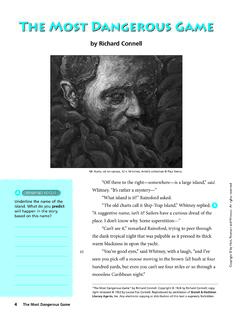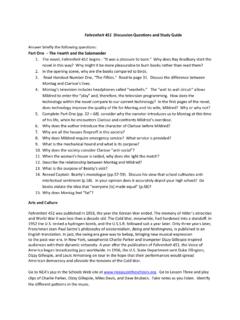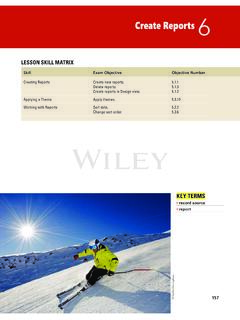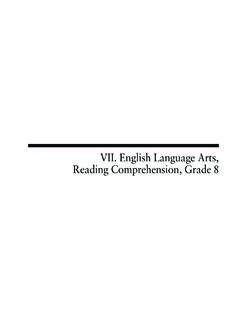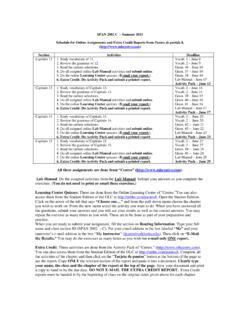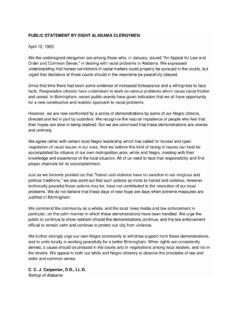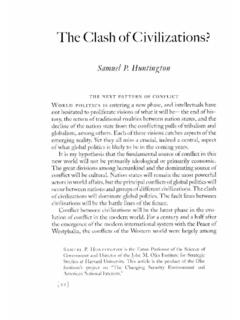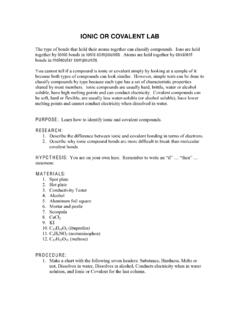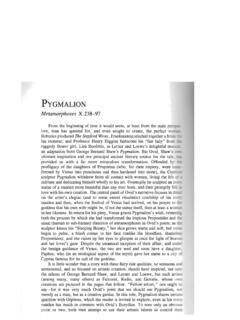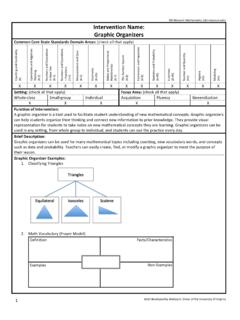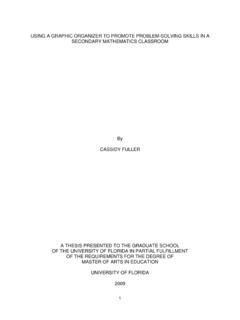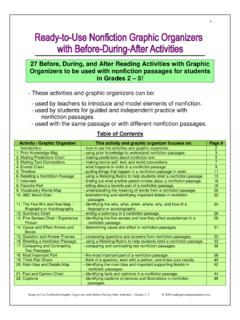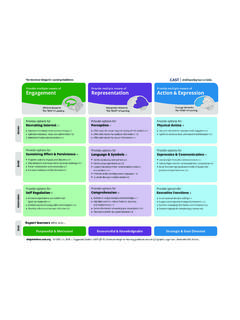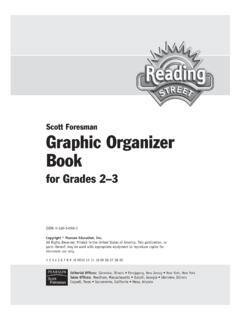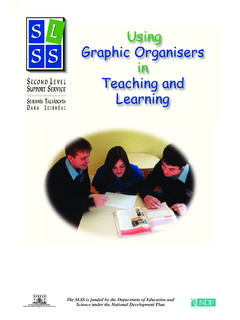Transcription of Vocabulary Graphic organizers - Quia
1 194 Vocabulary Graphic OrganizersVocabulary Graphic organizersYou have probably used a lot of Graphic organizers over the years. You have used them to take notes on a story you are reading, to compare two countries or trace a time line in your social studies classroom, and to outline causes and effects or a sequence of events for a writing assignment. You can also use Graphic organizers to learn Vocabulary words. Here are some of those Vocabulary Graphic organizers . Look them over and use some of them as you take notes on Vocabulary words in this MapA Definition Map is a good organizer to use for an academic term.
2 In your social studies class, academic terms might be words or phrases like monarch or political system. In your language arts classes, they might be words or phrases like symbolism or character traits. In a Definition Map, the term you want to remember goes in the cen-ter box in our example, the term is Historical Fiction. First you write the definition (What is it?). In the boxes on the right, you iden-tify its attributes (characteristics or features). Finally, in the boxes below the term, you provide examples.
3 Fictional story set against the backdrop of historical event or historical charactersHistorical FictionNightjohnSetting integral to plotFoster s WarWhat is it?Characters are true to time period Stick & WhittleAttributesAccurate descriptions necessarydefiNiTioN MAP exAMPLe195 Vocabulary Graphic OrganizersCircle MapA Circle Map can be used to study and learn any word or term. You start with the word itself, and below the word you create a circle that you divide into four sections. In the top left section, you write the definition.
4 In the top right section, you write a synonym for the word or, if English is your second language, write the word as it is spelled in your first language. In the lower right corner, write an antonym, a word that has the opposite meaning. In the lower left corner, draw some image that will remind you of the meaning of the word. And, finally, write a new sentence using the picture of the wordsynonym or the word in your first languageTarget Word Goes HereWrite the word in a sentence in this MAP ModeL196 Vocabulary Graphic OrganizersAssociation MapAn Association Map is a simple Graphic organizer that helps you learn the word by making associations between the word and its definition, its synonym, the context in which you might hear it used.
5 And a hint to help you remember I ll remember this wordContext where I d hear or find this wordSynonymDefinitionAssoCiATioN MAP ModeLConformI ll remember that my parents expect me to follow or conform to the rules of our school. I get in trouble at home if I get in trouble at would probably hear this word if people were talking about following rules, such as school or religious , complyto be similar; to be in agreement withAssoCiATioN MAP exAMPLe197 Vocabulary Graphic OrganizersAttribute MapAn Attribute Map follows the format of a Graphic organizer that is sometimes called a cluster diagram or a spider map.
6 It will work for any word or term. You simply write the word or term you want to remember in a circle in the middle of the page. Then you draw lines out from that circle to other circles. In each of the other circles you write an attribute of the term. An attribute is a characteristic, or feature, of something else. For example, if the target word or term you want to learn is setting, you might list the following attributes: time, place, descriptive details, reveals character, suggests theme, and creates an emotional effect or WordAttributeAttributeAttributeAttribute AttributeAttributeATTriBuTe MAP ModeL198 Vocabulary Graphic OrganizersfroM CoNTexT To C oNTexT ModeL1.
7 On the first line of the Graphic organizer , write a sentence in which you use the On the next line (one level down) use your own words to explain your understanding of the word from the On the third line (next level down) write the dictionary or thesaurus definition of the Finally, on the last line use the word in a sentence of your Context to Context From Context to Context is a Graphic organizer in which you keep expanding the contexts of the word, or the surroundings that can show its meaning.
8 By studying the word in its different contexts, you learn the full meaning of the word and make it your Word199 Vocabulary Graphic Organizerssemantic MapA Semantic Map is a map of a word or term and its meanings. It can take any shape that makes sense to the person creating the map. In this semantic map, you analyze the word or term you are studying in three ways. First, you identify the class, or group of things your word or term falls into. Then you identify the attributes (characteristics or features) of the word or term.
9 Finally, you identify a number of ex-amples of the or TermThe class to which it belongsIts attributes or characteristicsExamplesseMANTiC MAP ModeLPoetryLiterary form or genreRhyme, meter, rhythm, voice, mood, images, figurative language, blank verse, free verseSonnet, haiku, narrative poem, lyric poem, ode, ballad seMANTiC MAP exAMPLe200 Vocabulary Graphic OrganizersMulti-Word Web or diagramA Multi-Word Web or a Multi-Word Diagram is useful when you want to try to learn and remember a number of words at once.
10 For ex-ample, when you are reading a chapter in your science or social stud-ies book, you need to try to remember all of the new terms. When you are reading a story or play, you may need to learn a number of new Vocabulary words that occur in the selection. To create a Multi-Word Web or Diagram for the pieces you read in your language arts class, you might start with one of these concepts. For a story, you might start with the name of the story itself, its cen-tral character, or its plot, and then create your web or diagram by constructing sentences using the Vocabulary words from the selec-tion.
